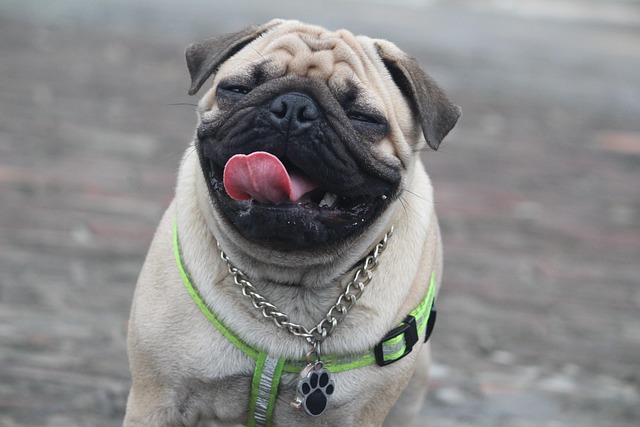Watching your tiny furball transform into a chewing machine is a classic puppyhood moment, but those sharp little teeth can turn your favorite shoes into casualties. Helping a teething puppy isn’t just about saving your furniture—it’s crucial for their oral health and happiness. Let’s dive into tried-and-true ways to soothe those achy gums while keeping both you and your pup on the right side of local pet laws.
First things first: invest in the right chew toys. Look for durable options labeled “teething-safe,” avoiding anything with small parts that could become choking hazards. In many regions, selling unsafe pet products violates consumer protection laws, so stick to trusted brands. Natural rubber toys like the Kong Puppy or nylon bones designed for gentle chewing are great choices. Pro tip: Freeze a damp washcloth or a Kong filled with yogurt for an extra-cooling effect that’ll soothe inflamed gums.
Redirecting chewing behavior is key. When you catch your pup eyeing your sneakers, immediately swap the forbidden item for an approved toy while using a firm but gentle “no.” Positive reinforcement works wonders—praise and treats when they choose the right thing. Remember, destructive chewing is normal for teething puppies, but consistent training helps establish boundaries. Just make sure any training methods comply with local animal welfare regulations, which often prohibit aversive techniques.
 Create a puppy-proof environment. Secure electrical cords, stow away household items within nibbling reach, and consider using baby gates to limit access to vulnerable areas. Some communities have strict liability laws regarding pet-caused property damage, so prevention saves headaches down the road. You can also set up a dedicated “chew zone” with a blanket and a collection of toys, signaling to your puppy where it’s okay to gnaw.
Create a puppy-proof environment. Secure electrical cords, stow away household items within nibbling reach, and consider using baby gates to limit access to vulnerable areas. Some communities have strict liability laws regarding pet-caused property damage, so prevention saves headaches down the road. You can also set up a dedicated “chew zone” with a blanket and a collection of toys, signaling to your puppy where it’s okay to gnaw.
Dental health plays a vital role during teething. Introduce toothbrushing early using puppy-specific toothpaste (never human toothpaste, which can be toxic). Many vets recommend starting with gentle finger rubs on the gums before graduating to a soft-bristle brush. Regular dental care not only prevents future issues but also helps you spot any abnormal tooth growths, which may require veterinary attention. Check local pet health regulations—some areas mandate annual dental check-ups for all pets.
Interactive play provides mental and physical stimulation, reducing the urge to chew destructively. Puzzle toys filled with treats, tug-of-war games (using proper techniques to avoid jaw injuries), and supervised fetch sessions can tire out your energetic pup. Just ensure any play equipment meets safety standards, as defective products can lead to serious injuries and potential legal claims.
Above all, be patient. Teething typically lasts from 3 to 7 months, and every puppy’s timeline is different. Keep an eye on your pup’s overall well-being—if excessive drooling, loss of appetite, or visible discomfort persists, consult your vet promptly. In most regions, responsible pet ownership includes seeking veterinary care when needed, and ignoring serious health issues can have legal consequences.
Navigating the teething phase may feel like a never-ending battle, but with the right tools, training, and a sprinkle of love, you’ll both come out stronger. Remember, these early days lay the foundation for a lifetime of good behavior and a healthy, happy pup.

 Create a puppy-proof environment. Secure electrical cords, stow away household items within nibbling reach, and consider using baby gates to limit access to vulnerable areas. Some communities have strict liability laws regarding pet-caused property damage, so prevention saves headaches down the road. You can also set up a dedicated “chew zone” with a blanket and a collection of toys, signaling to your puppy where it’s okay to gnaw.
Create a puppy-proof environment. Secure electrical cords, stow away household items within nibbling reach, and consider using baby gates to limit access to vulnerable areas. Some communities have strict liability laws regarding pet-caused property damage, so prevention saves headaches down the road. You can also set up a dedicated “chew zone” with a blanket and a collection of toys, signaling to your puppy where it’s okay to gnaw.



